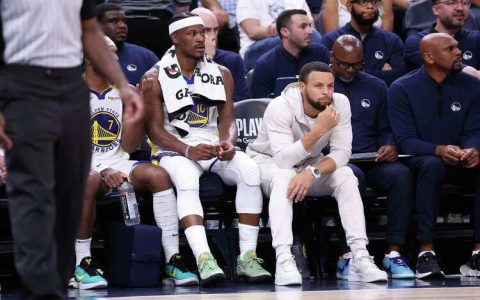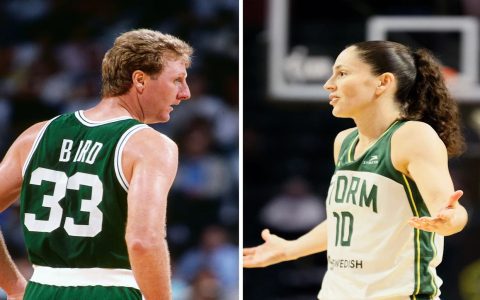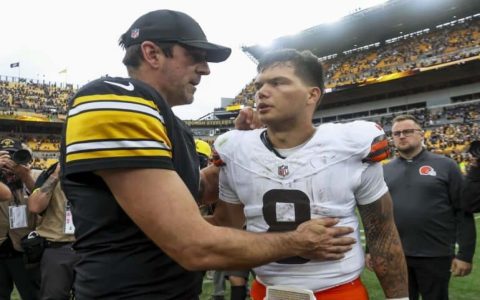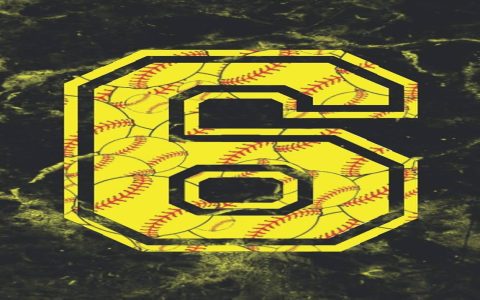Identifying chronic complainers in the NBA requires observing patterns beyond isolated incidents. These players exhibit consistent, recognizable behaviors that disrupt flow and signal dissatisfaction. Here are the key signs:
Excessive Referee Engagement
The most glaring sign is disproportionate focus on officials.
- Persistent Argumentation: Lingering after calls, often ignoring play restart, to debate officials constantly.
- Aggressive Body Language: Exaggerated arm throws, incredulous stares, sarcastic clapping directed at referees.
- Technical Foul Magnetism: Accumulating technical fouls at a high rate solely for referee dissent, not physical altercations.
Body Language Tells
Non-verbal cues broadcast frustration constantly.
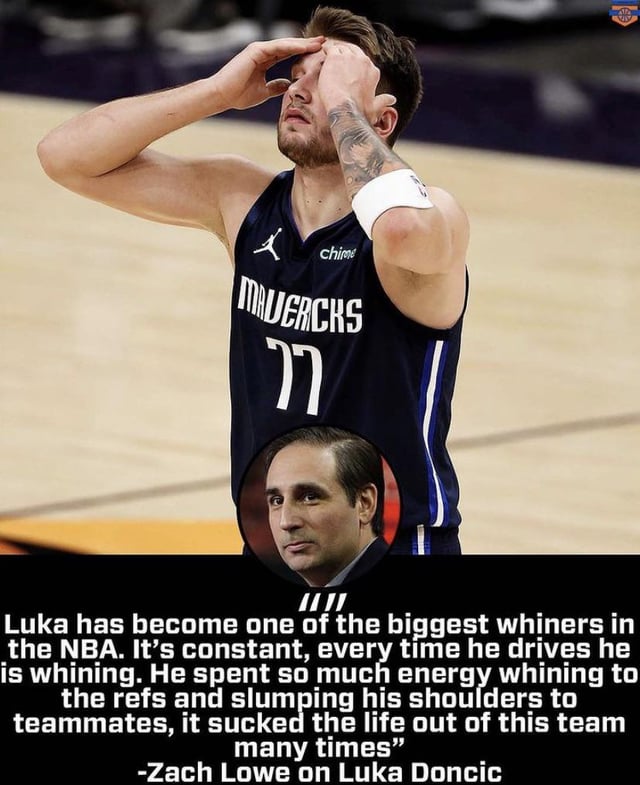
- Victim Complex Posture: Slumped shoulders, head shaking, eye-rolling after every non-call, signaling perceived injustice.
- Lack of Transition Effort: Failing to sprint back on defense after a missed call, visibly sulking instead of competing.
- Disengagement from Teammates: Ignoring teammates during dead balls or huddles, isolating themselves while stewing.
Media & On-Court Commentary
Their narrative often revolves around perceived slights.
- Post-Game Ref Focus: Consistently blaming losses or poor play on officiating in interviews, avoiding accountability.
- Audible Complaints: Microphones frequently picking up loud protests ("Call something!", "That's a foul!") throughout play on others' actions.
- Reaction Disparity: Celebrating foul calls in their favor excessively while reacting with utter disbelief to opponent foul calls.
Statistical Underpinnings
Data reinforces observational patterns.
- High FT Attempt Differential: Consistently high disparity between Free Throw Attempts drawn and fouls committed. While star players naturally draw more fouls, complainers often act aggrieved despite favorable FT rates.
- Lower Foul Rates: Surprisingly low personal foul count relative to position, suggesting active avoidance of contact defense while expecting calls on offense.
Impact on Team Dynamics
The behavior has tangible negative effects.
- Momentum Killers: Halting fastbreaks or offensive sets to complain, allowing defenses to reset.
- Visible Teammate Frustration: Teammates visibly annoyed, pulling player away from refs or ignoring them during their complaining episodes.
Spotting these consistent signs – the perpetual referee dialogue, defeatist body language, media deflection, and quantifiable patterns – reveals players prioritizing grievances over performance. Look for the sustained pattern, not the occasional outburst.

